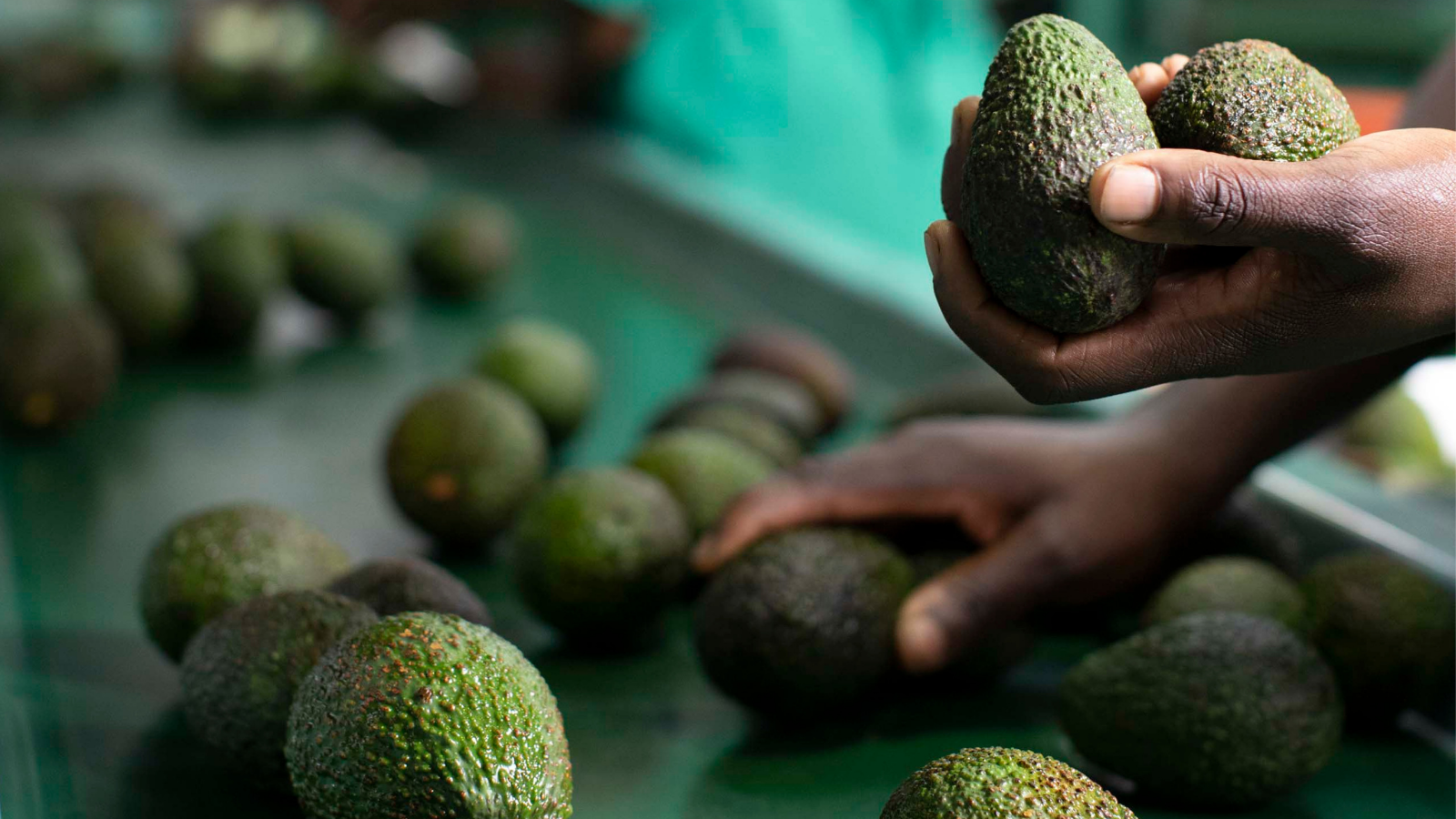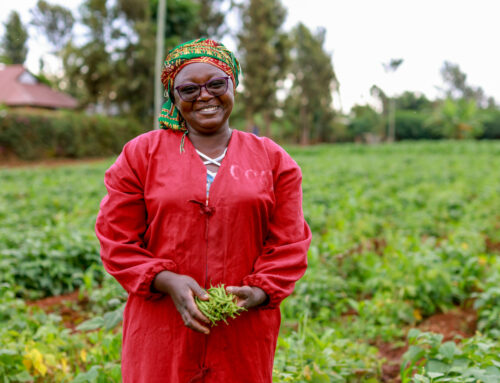Get key information on the 2021 Avocado Market Trends
Overview
The widespread reference to the avocado fruit as a “super food” would be an understatement in explaining the incredible global upward trend in its demand in the past two decades of the 21st century – at least. The avocado fruit is uniquely high in healthy fat content, omega, vitamins A, B, C, E and K, 25 essential nutrients, phytochemicals, antioxidants, fiber, folate, magnesium and potassium. Thus, its nutrient-density partly explains its widespread popularity among health-conscious buyers.
Mordor Intelligence underscores that although traditional consumers who buy it for health reasons have contributed to the rise in demand over the years, the intensifying awareness of its nutritional value and numerous health benefits among millennials and the growing middle class with their rising disposal income and dormant lifestyles has been significantly responsible for driving the interest in the superfood.
According to CBI, the main segment for avocados are Class I avocados, organic avocados and with a growing interest in ready-to-eat. This main segment mostly concerns the Hass variety with standard retail requirements, which means certified and low pesticide residues. The following commercial varieties with increasing interest are Green Skin, Fuerte, Ettinger, Pinkerton, Reed, Ryan, and Unato.
As well, CBI highlights that demand for organic avocados is increasing, especially in Europe, which are usually sold for 25% to 45% more than conventional avocados on retail shelves. Organic avocado is especially in demand in German speaking countries and Scandinavia. Ready-to-eat avocados are very popular in end markets with high desire for convenience products, such as in northern Europe.
Overall, the global market for avocados has been quite dynamic in past few years, and quite contrary to the predictions made in the 2018 and 2019 forecasts. Looking back, the fruit’s global revenue peaked at US$14.9 bn in 2017, which was the highest record to date, but then dropped to US$13.64 bn in 2018, followed by a further decline to US$12.824 bn in 2019, and finally taking a dip to US$9.14 bn in 2020.
For the next years the avocado market is expected to grow, reaching a total market size of US$17.905 billion by 2025. Interestingly, the price for avocados has continued to rise and is expected to remain that way, making it more economically valuable than other tropical fruits.
COVID-19 Impact
The alarming fall in 2020 is largely attributable to the impact of the persisting COVID-19 pandemic on both the production and distribution channels, and the subsequent product accessibility by consumers. Mordor Intelligence further highlights that the disquieting decline in economic activities and international transport has disrupted and contracted the global supply and demand for the fruit through the various transmission channels. In addition, since the production and trade of avocados is characteristically labor intensive, the physical distancing measures widely reinforced have had immediate adverse effects on supply.
Similarly, the rampant delays in supply chains caused by the shrinkage in transport during lockdowns have been particularly troublesome for the avocado market due to the high perishability of the product and the linked need for timely and seamless handling both during and after harvesting, coupled with uninterrupted cold chains. As such, such as periodic impasse lessens the product quality, reduces weight, and hence immensely lowers the value of the shipments that reach the importing countries.
However, despite the drawback caused by COVID-19 in 2020, Mordor Intelligence also projects a 6.0% progressive annual CAGR growth for the 2021-2026 forecast range, with 2020 as the base year.
Consumption
Consumption reports in 2020 showed that Mexico topped in avocado consumption with a 6.5 to 7 per capita record, displacing the US as the long-standing holder of that record. Nonetheless, the latter also recorded a relatively high value among all other global consumer markets, and the demand there continues on the upward trend. Besides the widespread adoption of the fruit for its health and related benefits, the developing acceptance by millennials and the expansion of the middle class seeking healthy eating habits as a result, Hass Avocado Board reports show that consumption volumes quadrupled to highs of 1,231,000 tonnes between 2013 and 2020.
Moreover, in a December 2020 interview with Fresh Plaza, José Antonio Gómez Bazán, the Managing Director of Camposol International, noted that the per capita consumption of avocados in North America has risen from 1.05 to 3.71 kilos between 2003 and 2020 and yet, only about 50% of North American consume avocados. Despite this, it is still possible to double that volume, provided the market attains supply chain and price stability.
The European market comes second to the US in terms of global avocado consumption. Its increasing consideration of the unique, healthy and culinary application of avocados has not only played a noteworthy role in boosting the demand in the region until 2020, but it is also likely to infuse further growth in the 2021-2026 forecast period, with notable potential for growth in Germany, Italy and France markets.
In a similar fashion to the US, consumption volumes in Europe grew fivefold between 2013 and 2020, to peak at 667,000 tonnes. In this case, Bazán also pointed out that the EU per capita consumption rose from an average of 230 grams in 2003 to approximately 1.10 kilos in 2020. He added that, assuming the European consumption could equal that of the US, the regional market could potentially triple to about 2 million tons in volume.
The Chinese market is also a budding and potentially lucrative avocado market for countries like Peru and Chile, as well as the New Zealand, and African exporters, regardless of the initial supply and quality problems. Thus, intensive marketing and promotion will encourage the Chinese to accept and consume the fruit.
Overall, all the shortcomings in these markets notwithstanding, the rapid advancement and expansive reach of online distribution channels will supplement the traditional means in time, and amazingly revolutionize and bolster the avocado market going forward.
Production & Export
Countries in Latin America and the Caribbean remain the leading avocado producers to date, due to the favorable tropical weather conditions and their proximity to the largest avocado market in the world – the US. A study by Markets and Research showed that countries like Mexico, Peru, Colombia and Chile engage in export-oriented production, which explains why they have remained prominently dominant in the export market to date.
Even so, countries like South Africa, Kenya and Israel have realized the lucrativeness of the trade over the years and began making massive investments in it. Yet, Mexico remains the top global exporter. Between 2018 and 2019, Mexico recorded production volumes of 1.9 million tonnes and export volumes of 1.198 million tonnes. About 80% of those exports went to the US, and the rest to Canada, Japan and Europe.
Currently, Peru’s Hass avocado variety also dominates the European market, which places the country in second place among global exporters. Peru is also gaining a considerable share of the Asian market since its maiden trade with the region in 2013. In 2018, it exported 359,989 tonnes of avocado to Europe, and future projections for exports by 2023 show that production and export volumes could reach 630,000 and 550,000 tonnes respectively. Chile is the third largest producer after Peru, with about 200,000 tonnes in produce, of which around 90,000 tonnes out of a total 150,000 tonnes of export goes to the European Union market. Colombia compliments Mexico in avocado exports to the US, but it is still in nineth place in terms of global exports.
In Africa, South Africa, Kenya and Tanzania have also been making remarkable progress in the sector. Between 2018 and 2019, South Africa’s exports surged from 40,000 to 70,000 tonnes, Kenya’s rose from 47,000 to 75,000 tonnes, and Tanzania recorded a tremendous increase from a meagre 100 tonnes in 2010 to about 6,000 tonnes in 2019.
Arican countries have an important competitive advantage in respect to Latin American countries, due to the closeness to Europe and price competition. Kenya and Morocco are the most prominent upcoming suppliers to Europe, followed by Tanzania and Zimbabwe, that are still minor suppliers to Europe, but growing fast. According to CBI, quality issues and compliance with European standards is often the main challenge for African suppliers. Still, most African suppliers, especially Kenyan, are price competitive and Kenya remains the third largest supplier in the European summer.
Imports
The North American region, with particular reference to the US and Canada, are the most prominent avocado importers internationally. A New Zealand Avocado report showed that the region accounts for roughly 52% of the global imports, mostly from Mexico, with demand supplements from Peru, Chile, the Dominican Republic, and Colombia, in that order. Between 2017 and 2019, the total avocado imports into the US alone rose from 982,000 to 1,053,083 tonnes, registering a dramatic upsurge from the 603,160 tonnes documented in the 2013-14 period.
In second place, the European region accounts for approximately 33% of the global imports, accounting for more than double the 2013-14 figures in the 2018-19 period. Import volumes were at 307,358 tonnes in the former, and 684,232 tonnes in the latter. The Netherlands is responsible for the major bulk of these imports, considering that it accounted for 400,999 tonnes of the total volumes between 2018 and 2019. Europe obtains its produce mainly from Peru, and complements demand with avocados from Chile, South Africa and Israel.
Asia in general takes 7% of the worldwide imports, but Japan forms the greater part of the regional market there, with around 76,614 tonnes in imports. Countries in the region mainly import avocados from New Zealand due to its geographical proximity, but the changing supply chain dynamics has instigated increasing imports of produce from Mexico, Chile and Peru, with room for African countries.
Trade Regulations
The regulations and guidelines with which avocado producers, exporters and importers ought to comply for wholesale and retail trade are vast and unique to every country and region. However, the fundamental and rather universal rules that apply to fresh fruits and vegetables are the primary ones that all traders ought to be most keen on. Essentially, they center on food safety and quality standards in the entire production process as well as the supply chain.
Countries that included in the established regional trade agreements such as the NAFTA agreement between North America (US and Canada) and Mexico, the EU-Colombia/Peru and Kenya-China trade deals ought to observe the regulations set forth in such contracts.
For instance, research reports by the Development Reimagined and the Business Daily highlighted one of the prime specifics of the deal between China and Kenya was that Kenyan exporters should peel and then freeze avocados to lows of up to -18 degrees Celsius before exporting them to China, in order to avoid importation of fruit fly pests. The deal also bars Kenyan exports between November and January to guarantee the quality and maturity of the fruit imported thereafter.
Final Remarks
The avocado fruit is now widely known as the green gold, owing to its widespread nutritional, medical, culinary and cosmetic benefits. For that reason, there has been an incredible rise in acceptance and use among millennials and the growing middle class with increased disposal income and the need to live healthy lives. Furthermore, the proliferation of online distribution channels insures the shortcomings of the physical channels. Moreover, it adds to the benefits of intensified advertisement and promotional campaign initiatives that the US, EU and other markets are investing in to encourage and boost consumption. Such initiatives are vital to the management of the fruit’s highly dynamic supply chain and prices and ensure that there is sustainable supply of quality produce all year round. In so doing, importers and consumers can leverage the mushrooming production in different parts of the world, while the producers and exporters take advantage of the burgeoning demand and lucrative markets.



